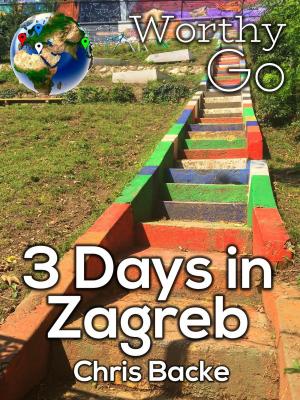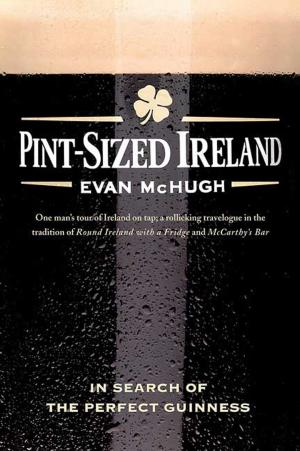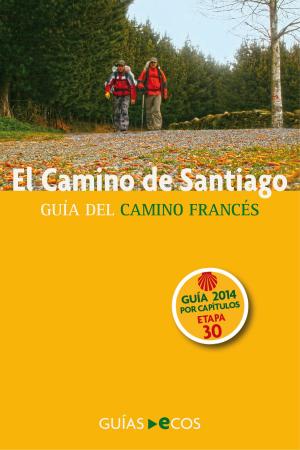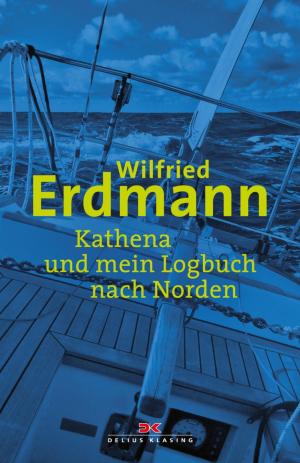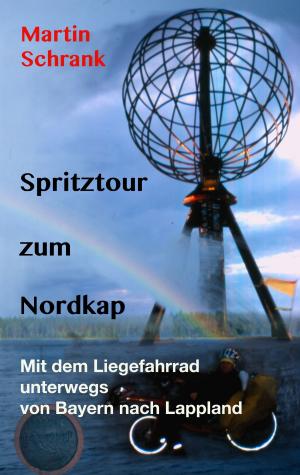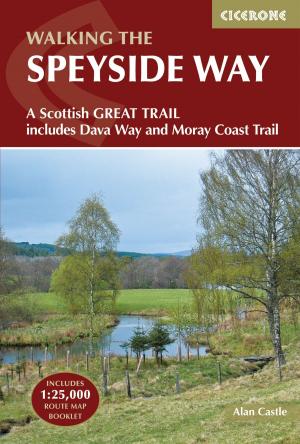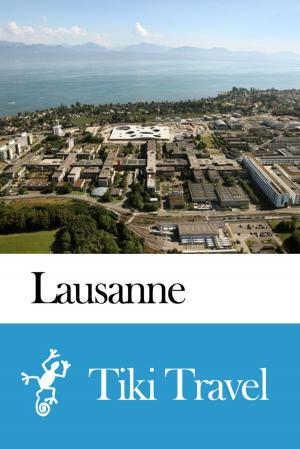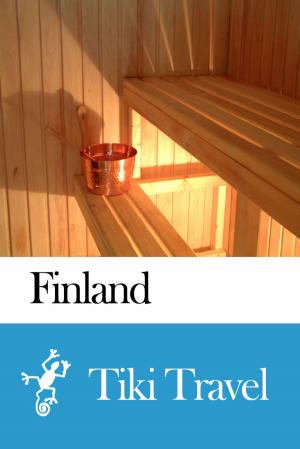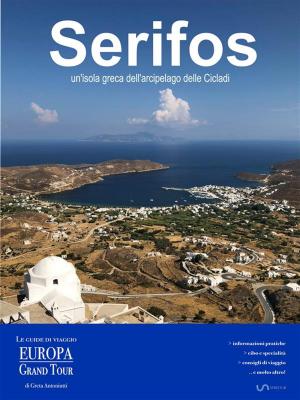Following the Rhine gently upstream Rotterdam to Basel, a Cycle Tourist’s Guide
Nonfiction, Sports, Cycling, Travel, Europe| Author: | Neil Forsyth | ISBN: | 9781465870889 |
| Publisher: | Neil Forsyth | Publication: | October 19, 2011 |
| Imprint: | Smashwords Edition | Language: | English |
| Author: | Neil Forsyth |
| ISBN: | 9781465870889 |
| Publisher: | Neil Forsyth |
| Publication: | October 19, 2011 |
| Imprint: | Smashwords Edition |
| Language: | English |
This guide takes the hard work out of planning a holiday cycling up the Rhine, 1100 km (700 miles) from Hook of Holland to Basle in Switzerland. The River Rhine runs from the Swiss Alps to the Dutch sea coast. The tour starts from the Rhine estuary in the Netherlands, twists around, under and over Rotterdam’s bustling harbour to reach the historic city of Dordrecht. The next days are spent crossing peaceful Dutch countryside on Dutch Long Distance Route 12, before climbing, just the once, over a hill in the Netherlands. Yes, there are hills in that somewhat flat country. Then Germany looms. The way is onwards along the lower Rhine on Rheinradweg/Vélo Rhin Route into North Rhine Westphalia through Kleve, associated with Henry VIII’s Anne of Cleves; through Xanten with its new Roman buildings set in a park; past Duisburg with the biggest inland harbour in Europe; along the elegant promenade in Düsseldorf whose Altstadt has the longest bar in the world; to Cologne and its cathedral to reach Bonn, the former capital village of the Federal Republic of Germany. The route leads into Rhineland Palatinate passing Remagen and the ruins of its famous bridge, through Koblenz with its flower gardens and statue of the Kaiser on a horse at the confluence of the Rhine and the Mosel; through the castle strewn Rhine Gorge where the vintners sometimes need to be roped up to prune the vines, so steep are the vineyards; into Mainz with its cathedral, Gutenberg Museum and Roman ships; along the edge of the gentle hills of Rheinhessen famous for their Riesling wine, to Worms with yet another cathedral, its connections to Martin Luther and the Reformation, its Jewish synagogue and cemetery, through Ludwigshafen past the gleaming spires of BASF; Mannheim where the bicycle and the motor car were invented; to Heidelberg on the Neckar and its ruined castle perched above the narrow streets packed with quaint pubs filled with roistering students and tourists; to Schwetzingen, the summer residence of the ducal family where Mozart was paid to dash off the odd quick ditty for a cocktail party and to Speyer with its cathedral. The route crosses into Alsace, France, without let or hindrance. There’s a chance to see the Maginot Line fortifications in Schoenenbourg near Wissembourg and in Marckolsheim. Farther on the route winds its way through the Rhine meanders to Strasbourg, where Rouget de Lisle wrote the Marseillaise, with its cathedral, European Parliament, half-timbered houses and its German quarter. Our favourite stretch of the route follows: along the level, straight Canal Rhône au Rhin with lime trees shading the towpath, just climbing a few feet by the locks and the keepers’ houses. The route then wanders through quiet, pretty little Alsatian villages to Neuf-Brisach and nearby Breisach in Germany on the right bank of the Rhine. Farther south the route passes Neuenburg set on a hill with its excellent cafés and rejoins the Rhône au Rhin canal to run into Huningue. The route crosses the Rhine for the last time across the longest pedestrians’ and cyclists’ bridge in the world: The Passerelle des Trois Frontières between Huningue and Weil am Rhein. Basel in Switzerland is a few hundred metres away.
The guide advises when to tour, what to do in case of an accident or illness, discusses road safety, suggests local food to eat and public transport back up, what to pack and describes the route in detail when necessary and sketchily when the signposting is good. It offers information on: accommodation in hotels, B&Bs, Youth Hostels and on campsites, on bike shops and on bike hire.
This guide takes the hard work out of planning a holiday cycling up the Rhine, 1100 km (700 miles) from Hook of Holland to Basle in Switzerland. The River Rhine runs from the Swiss Alps to the Dutch sea coast. The tour starts from the Rhine estuary in the Netherlands, twists around, under and over Rotterdam’s bustling harbour to reach the historic city of Dordrecht. The next days are spent crossing peaceful Dutch countryside on Dutch Long Distance Route 12, before climbing, just the once, over a hill in the Netherlands. Yes, there are hills in that somewhat flat country. Then Germany looms. The way is onwards along the lower Rhine on Rheinradweg/Vélo Rhin Route into North Rhine Westphalia through Kleve, associated with Henry VIII’s Anne of Cleves; through Xanten with its new Roman buildings set in a park; past Duisburg with the biggest inland harbour in Europe; along the elegant promenade in Düsseldorf whose Altstadt has the longest bar in the world; to Cologne and its cathedral to reach Bonn, the former capital village of the Federal Republic of Germany. The route leads into Rhineland Palatinate passing Remagen and the ruins of its famous bridge, through Koblenz with its flower gardens and statue of the Kaiser on a horse at the confluence of the Rhine and the Mosel; through the castle strewn Rhine Gorge where the vintners sometimes need to be roped up to prune the vines, so steep are the vineyards; into Mainz with its cathedral, Gutenberg Museum and Roman ships; along the edge of the gentle hills of Rheinhessen famous for their Riesling wine, to Worms with yet another cathedral, its connections to Martin Luther and the Reformation, its Jewish synagogue and cemetery, through Ludwigshafen past the gleaming spires of BASF; Mannheim where the bicycle and the motor car were invented; to Heidelberg on the Neckar and its ruined castle perched above the narrow streets packed with quaint pubs filled with roistering students and tourists; to Schwetzingen, the summer residence of the ducal family where Mozart was paid to dash off the odd quick ditty for a cocktail party and to Speyer with its cathedral. The route crosses into Alsace, France, without let or hindrance. There’s a chance to see the Maginot Line fortifications in Schoenenbourg near Wissembourg and in Marckolsheim. Farther on the route winds its way through the Rhine meanders to Strasbourg, where Rouget de Lisle wrote the Marseillaise, with its cathedral, European Parliament, half-timbered houses and its German quarter. Our favourite stretch of the route follows: along the level, straight Canal Rhône au Rhin with lime trees shading the towpath, just climbing a few feet by the locks and the keepers’ houses. The route then wanders through quiet, pretty little Alsatian villages to Neuf-Brisach and nearby Breisach in Germany on the right bank of the Rhine. Farther south the route passes Neuenburg set on a hill with its excellent cafés and rejoins the Rhône au Rhin canal to run into Huningue. The route crosses the Rhine for the last time across the longest pedestrians’ and cyclists’ bridge in the world: The Passerelle des Trois Frontières between Huningue and Weil am Rhein. Basel in Switzerland is a few hundred metres away.
The guide advises when to tour, what to do in case of an accident or illness, discusses road safety, suggests local food to eat and public transport back up, what to pack and describes the route in detail when necessary and sketchily when the signposting is good. It offers information on: accommodation in hotels, B&Bs, Youth Hostels and on campsites, on bike shops and on bike hire.


